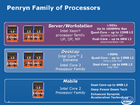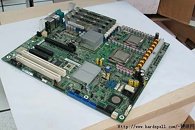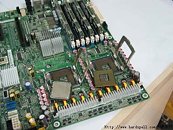
Intel to Launch X38 on September 9
Although the initial plan was to introduce the new high-end X38 chipset at the end of September, Intel's new silicon chip is up to the task even earlier, and a new release date has actually been announced. AMD will launch Barcelona on September 10 and Intel is simply going to get the upper hand and launch the X38 on September 9. Motherboards powered by the X38 are expected to hit the stores early next month.







